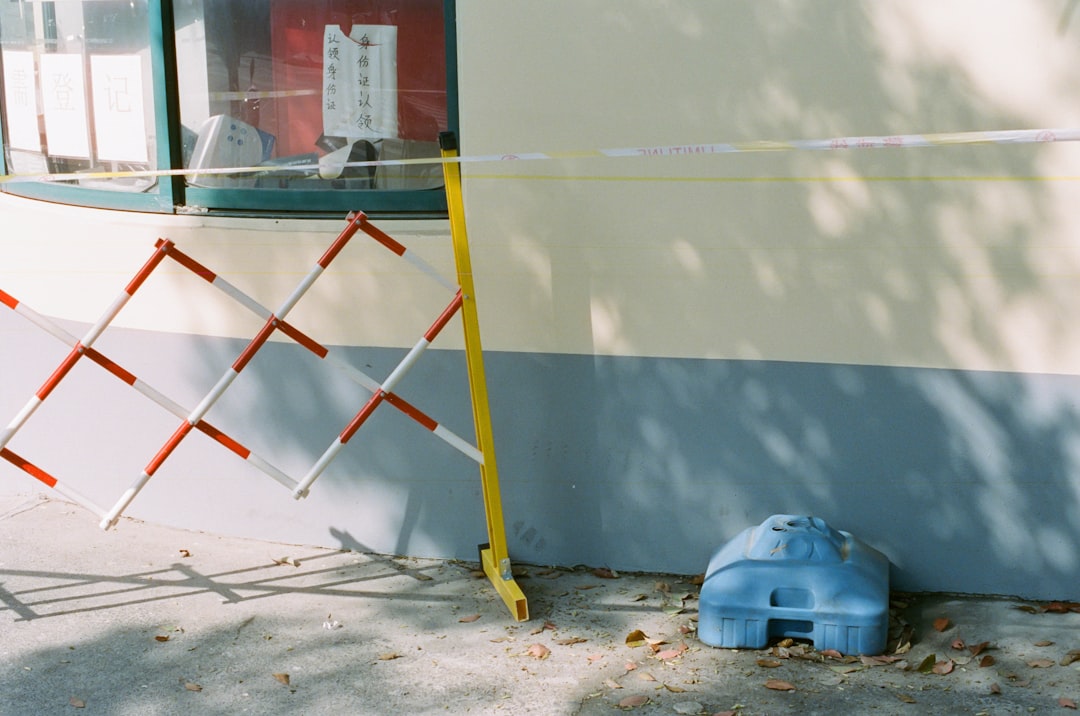Why Dryer Vent Cleaning Matters in San Diego Residential Construction
In San Diego, where the dry climate increases fire risks, ensuring clean dryer vents is crucial for safety in residential construction. Professional tradespeople must prioritize this task to protect investments and maintain compliance. Costs for dryer vent cleaning typically range from $225 to $255, depending on specific project requirements.
The Hidden Dangers of Neglected Dryer Vents
- Fire hazard: Lint is highly flammable and can ignite at 500°F.
- Energy waste: Blocked vents increase utility costs by up to 30%.
- Moisture damage: Trapped exhaust can lead to mold.
- Appliance wear: Overheating shortens dryer lifespan.
CountBricks' AI-Driven Approach to Dryer Vent Cleaning Estimates
Traditional estimating often involves guesswork. CountBricks uses voice-to-estimate technology to provide accurate, real-time estimates by referencing current regional labor rates and material costs.
Step-by-Step CountBricks Estimate Workflow
- Open the CountBricks app and start a live voice session.
- Describe the residence details.
- Confirm the San Diego ZIP code for localized cost data.
- AI suggests cleaning procedures and upgrades.
- Review and approve the estimate.
- Generate and email a branded PDF to the homeowner.
Code Compliance and Best Practices
Ensure compliance with California Residential Code (CRC) Section M1502. Key requirements include:
- Maximum 35 ft total duct run, subtracting 5 ft per 90° elbow.
- Exhaust must terminate outside with a backdraft damper.
- Rigid metal preferred; transition duct limited to 8 ft.
- Post-cleaning airflow reading must exceed 100 CFM.
Integrating Cleaning Into New Construction
Builders should include vent cleaning before occupancy to remove construction debris, reducing future warranty calls and demonstrating proactive safety.
Cost Breakdown: What San Diego Homeowners Can Expect
Using current market data, a standard job includes:
- Labor (2 technicians, 1.5 hrs): $165
- HEPA vacuum & rotary brush consumables: $18
- Roof access safety gear amortization: $12
- Bird guard upgrade: $24
- Disposal & cleanup: $6
Total: $225-$255 before tax and markup
Five Pro Tips for San Diego Contractors
- Schedule vent cleaning with final HVAC balance.
- Photograph duct interior before and after.
- Offer annual service plans.
- Track dryer brands for recall notices.
- Bundle attic insulation top-off for increased ticket size.
Case Study: Rancho Penasquitos Remodel
During a remodel, a non-compliant duct was replaced using CountBricks AI, ensuring compliance and passing final inspection without delays.
Environmental Impact and Energy Savings
Clean vents save energy, reducing dryer cycle times and contributing to sustainability efforts in San Diego.
Next Steps With CountBricks
Ready to streamline estimates? Visit CountBricks.com to schedule a demo and explore our solutions tailored to San Diego codes and climate.
Beyond Cleaning: Designing Smarter Dryer Vent Systems With CountBricks
Optimize vent designs to reduce maintenance costs. CountBricks highlights key design elements to ensure efficient vent systems.
Design Recommendations
- Minimize elbows to maintain airflow.
- Choose rooftop terminations for better lint evacuation.
- Specify smooth, rigid metal duct for less lint adhesion.
- Increase duct diameter for runs exceeding 30 ft.
Leveraging AI for Predictive Maintenance
CountBricks schedules predictive maintenance based on duct length and usage, providing reminders and generating recurring revenue for contractors.
Contractor Spotlight: La Mesa ADU Builders
By adopting AI-driven vent design, a partner reduced warranty claims by 70%, improving service efficiency.
Get Started Today
Explore CountBricks' solutions for efficient, safe dryer vent systems. Visit CountBricks.com/services to learn more.

